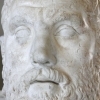Roman Emperor Claudius
41 - 54 A.D.
Tiberius Claudius Nero Germanicus
Busts, Statues, Coins, Information, Maps, Images, and More

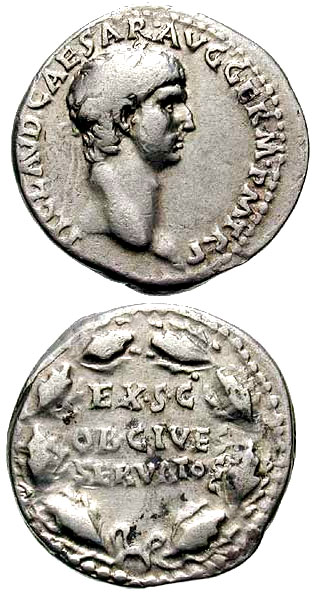
Claudius Busts and Statues
1. Bust of Claudius

Claudius was the 4th Emperor of Ancient Rome. He was not the likely candidate to succeed Caligula because of a deformity from his youth and because he had no political experience. Claudius proved to be a strong administrator and a great builder of public works. He expanded the Empire During his reign. National Museum Naples, Italy
2. Bust of the Emperor Claudius
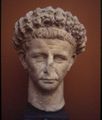
He is wearing an oak wreath. According to history, Claudius was affected with some kind of disability, probably infantile paralysis or Polio. The portrait of this bust shows a man who seems to be suffering with illness, which he had. From the NY Carlsberg Glyptotek, Copenhagen.
3. Portrait of Claudius

The bust is from NY Carlsberg Glyptotek, Copenhagen. The way he looks seems fragile and innocent, yet he was accused of being a womanizer. Suetonius said that "He had a great passion for women, but had no interest in men." The only one not to take young boys or men as homosexual lovers.
4. Bronze Head of Claudius

This head of the Emperor Claudius was discovered in the River Alde, Rendham, Sussex, in the first century AD. It is made of bronze and currently on display at the British Museum.
5. Colossal Head of Claudius

This head is from the ruins of the colossal statue of the Emperor Claudius in Piraeus Museum, Greece. He was believed to be overly trusting in that he allowed himself to be influenced by some of the corrupt figures of his time, including the senate.
6. Imperial Portrait of Claudius

The aura on his face portrays an old man with slumber eyes probably from the strain he gets from bribing the army to secure their loyalty. He was the first emperor to resort to bribery.
7. Statue of Claudius as Jupiter

This marble statue of Claudius portrays him as the embodiment of Jupiter with the sceptre, a sign of Jupiter's absolute rule. He also has the eagle by his side which also accompanied Jupiter, but instead of holding a lighting bolt he holds a libation dish offering a libation for his country. 1st century A.D. Vatican Museums, Rome
8. Bust of Claudius as Jupiter

This Roman Artwork was made of marble and is from the Imperial Period. Claudius and also Domitian, adopted the traits of Jupiter to their portraits to emphasize their power over the world. Vatican Museums.
Claudius Coins
1. Sestertius of Claudius
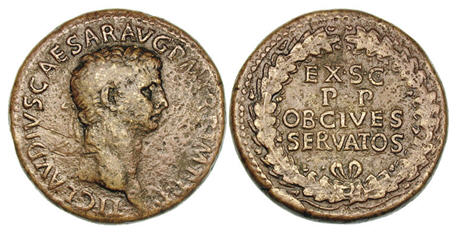
The inscription on the front reads: "TI CLAVDIVS CAESAR AVG P M TR P IMP P P" and inside is the wreathed head of Claudius. On the reverse is the inscription: "EX S C - P P - OB CIVES - SERVATOS" in four lines surrounded with an oak wreath.
2. Bronze Coin of Claudius
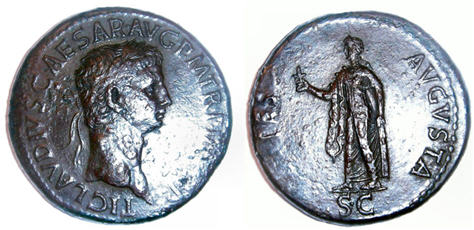
The laureate head of Claudius is on the front (Obverse) with his title "TICLAVD IV SCAESARAVGPMTRPIMP". On the reverse is the goddess of Hope, Spes holding a flower and raising the skirt with SC in exergue. The caption "Spes Augusta", when translated mean "Hope of the Emperor".
3. Claudius Coin
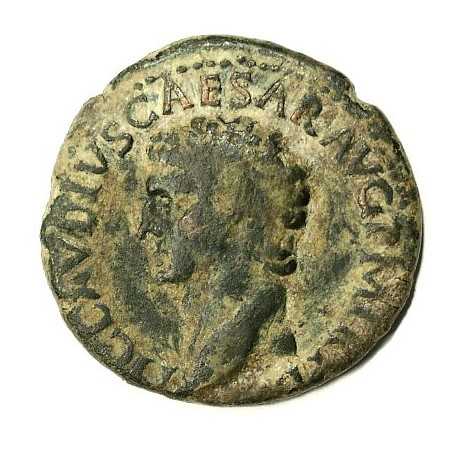
This coin is barely viewable, but it"s possibly a bare head of Caligula, with perhaps this inscription "TI CLAVDIVS CAESAR AVG PM TRP IMP PP".
More to Come
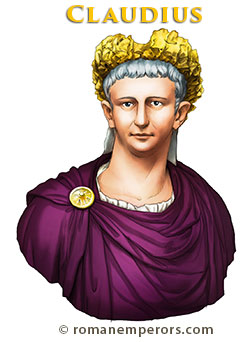
"Scholar"
Claudius was the uncle of Caligula and fourth Emperor of Rome. He was a scholar who had the historian Livy as one of his tutors. He also stumbled as he walked. He suffered from a deformity because of polio, paralyzed as an infant. He was not taken very seriously until he became emperor or Rome, and gained prominence by his decisions. He added at least five provinces to the Empire, including Britain and Morocco (Mauretania). He appointed his freedmen to run the bureaucracy, including Pallas to run the treasury.
Paul the Apostle went on his missionary journeys mainly during the reign of Claudius, and while he was in prison in Caesarea for two years when Felix (brother of Pallas) was procurator of Judea.
Claudius was not very wise in choosing his wives. His first wife was Messalina and she was very unfaithful, so Claudius was advised to have her executed and he did so. It was written of him that he would forget that she was dead and would expect her to show up at the dinner. His second wife was Agrippina she wanted her son Nero to be Emperor so one night she murdered Claudius by feeding him poisonous mushrooms. Nero then took the throne.
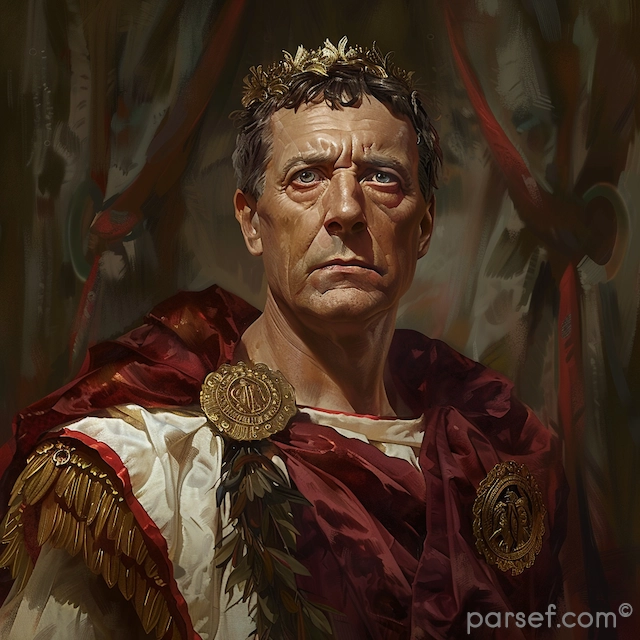
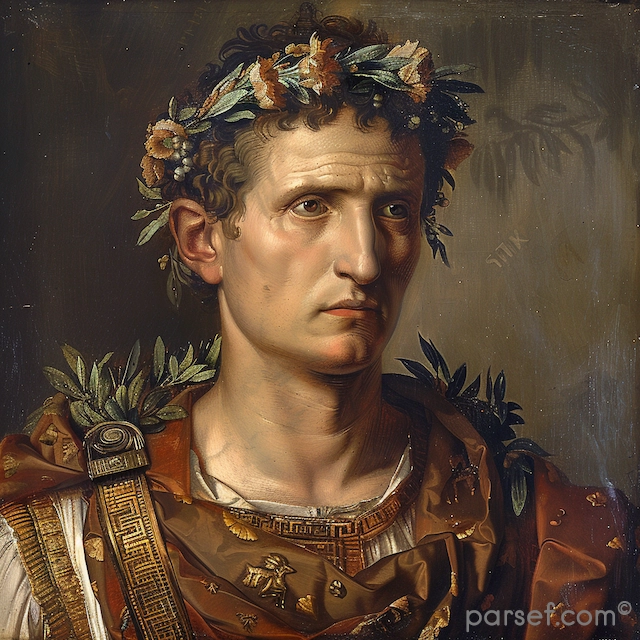
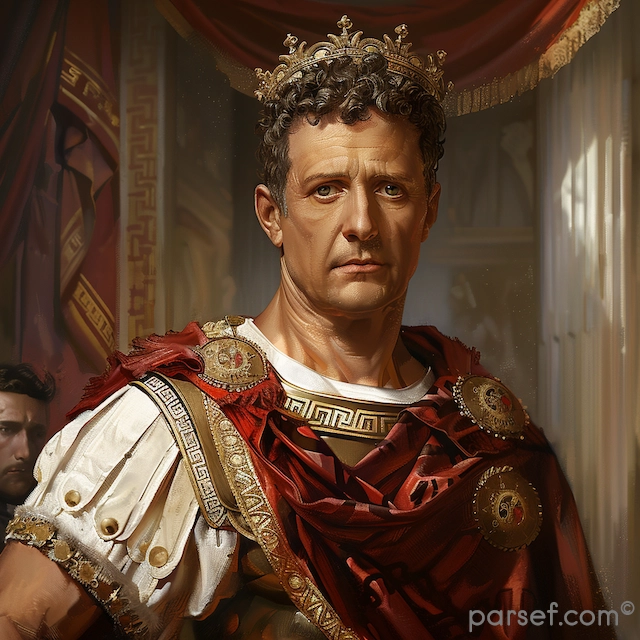
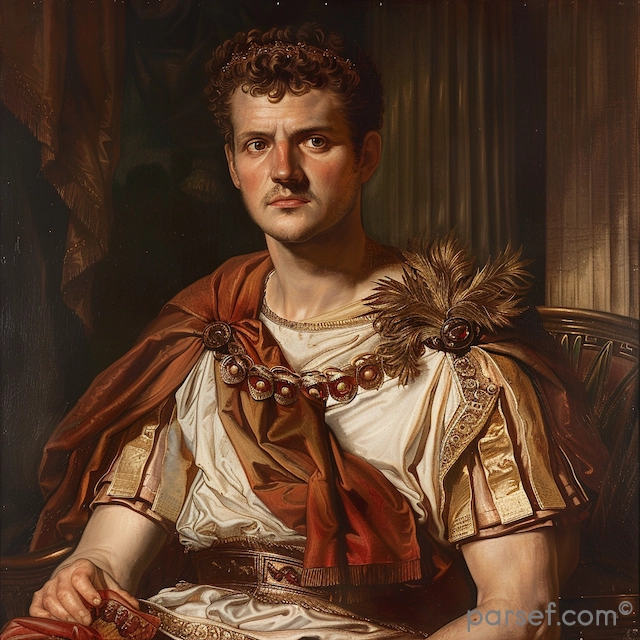
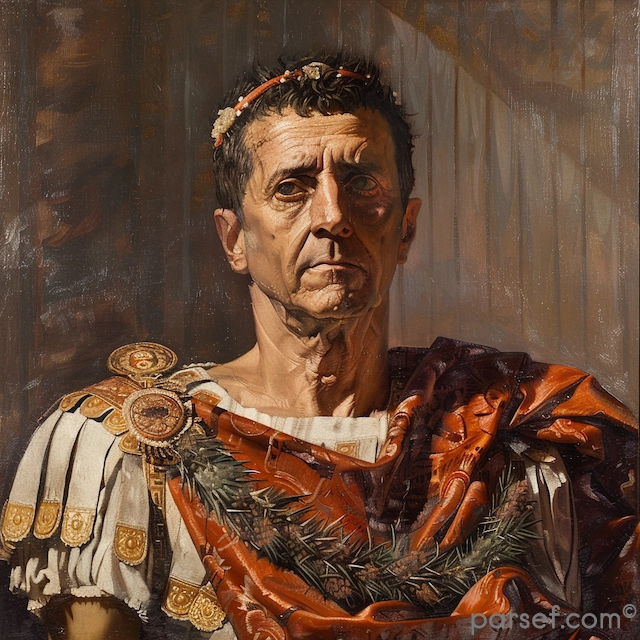
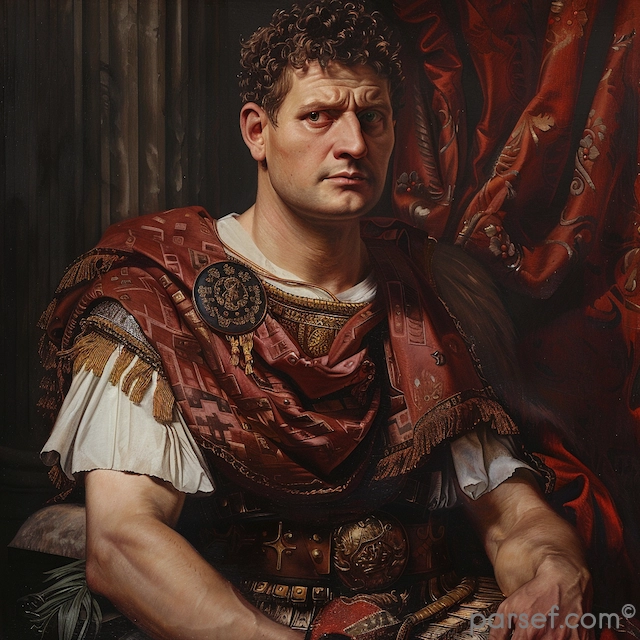
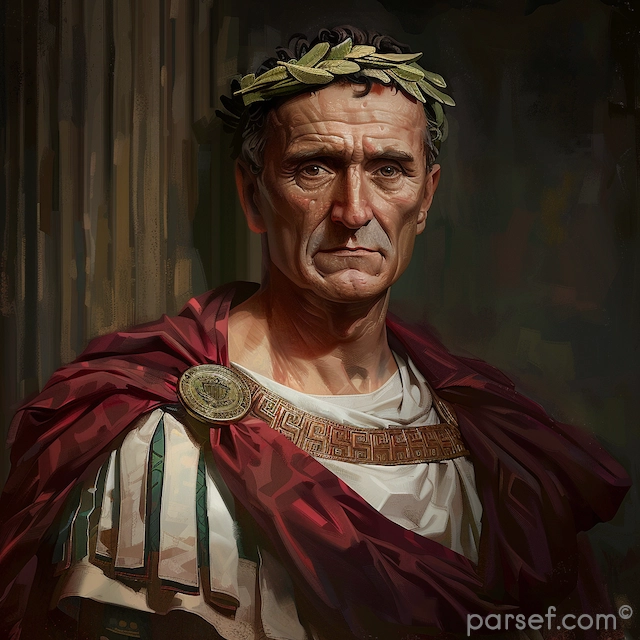
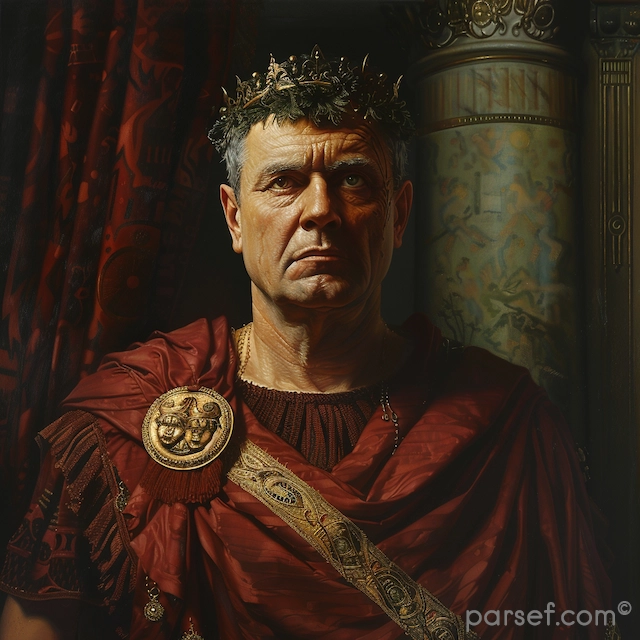
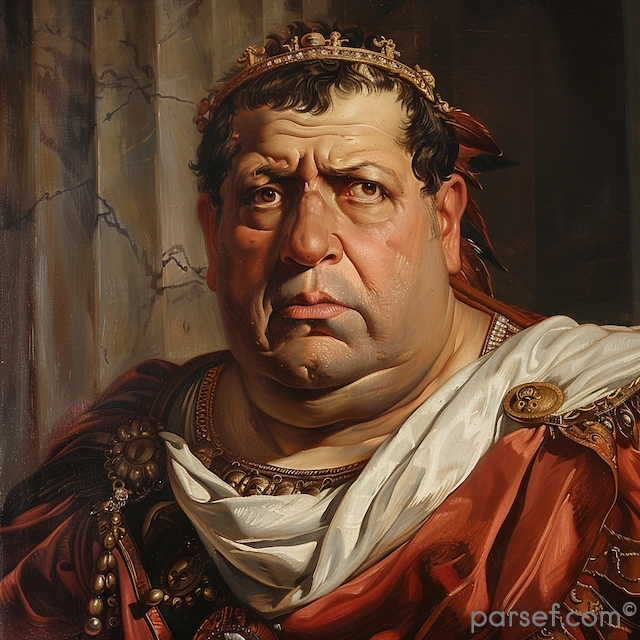
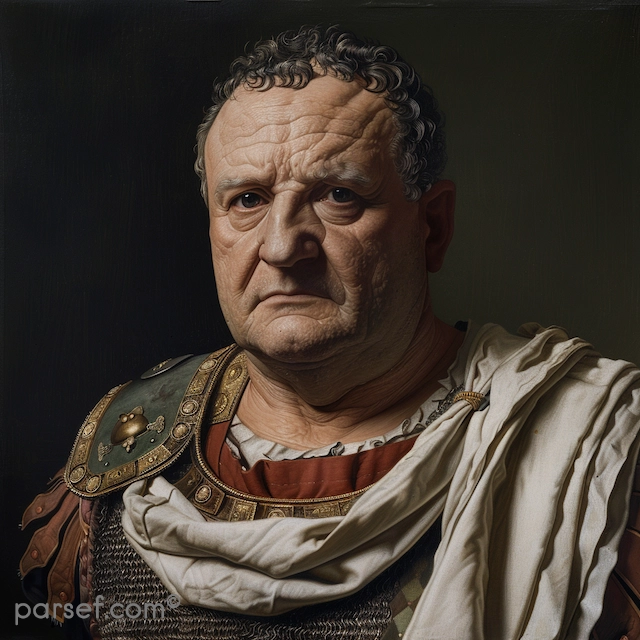
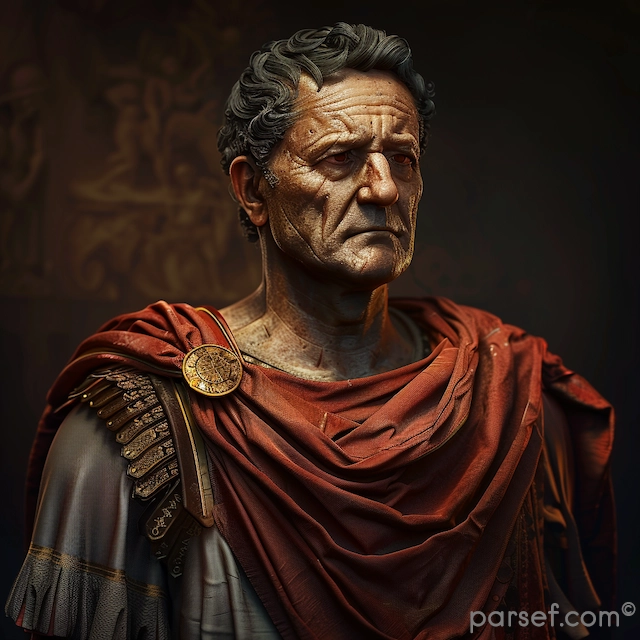
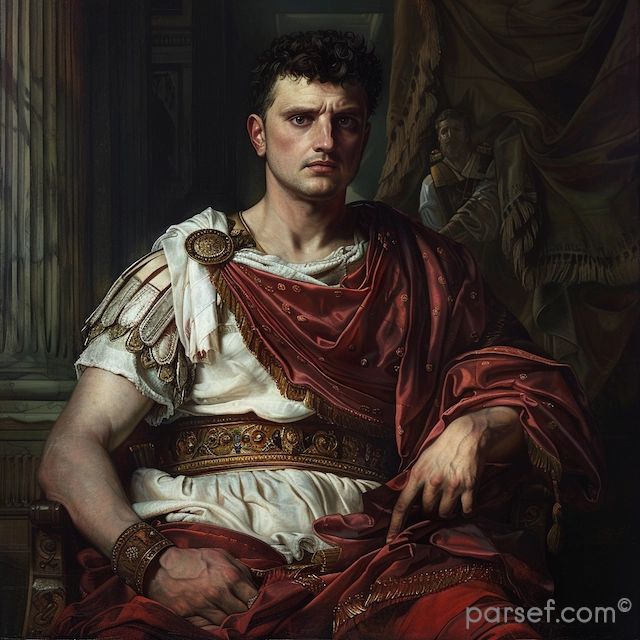
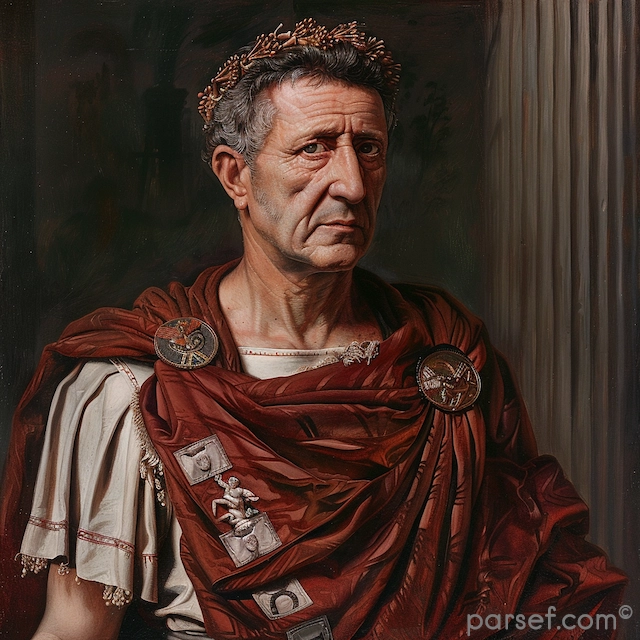
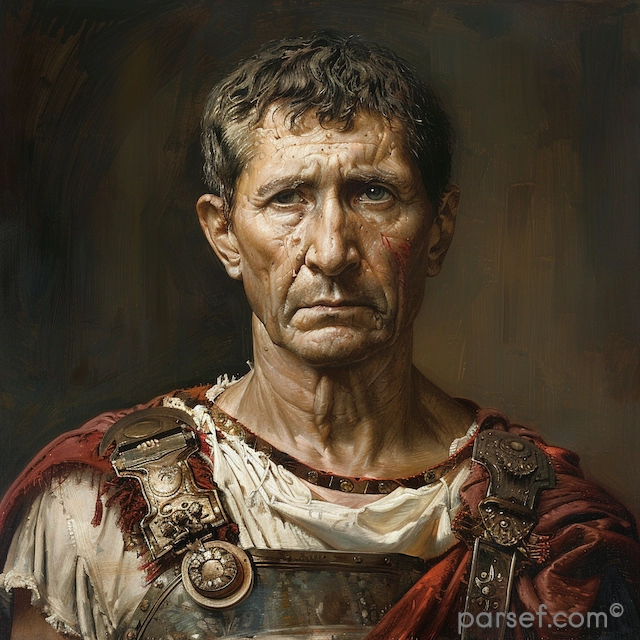

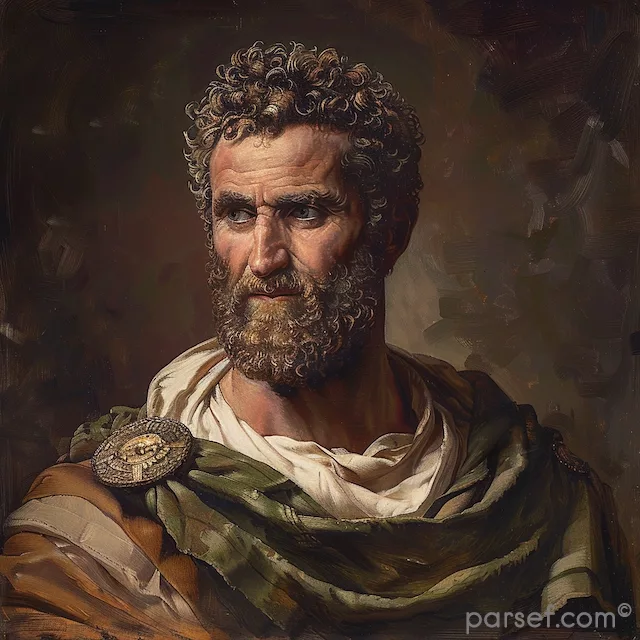
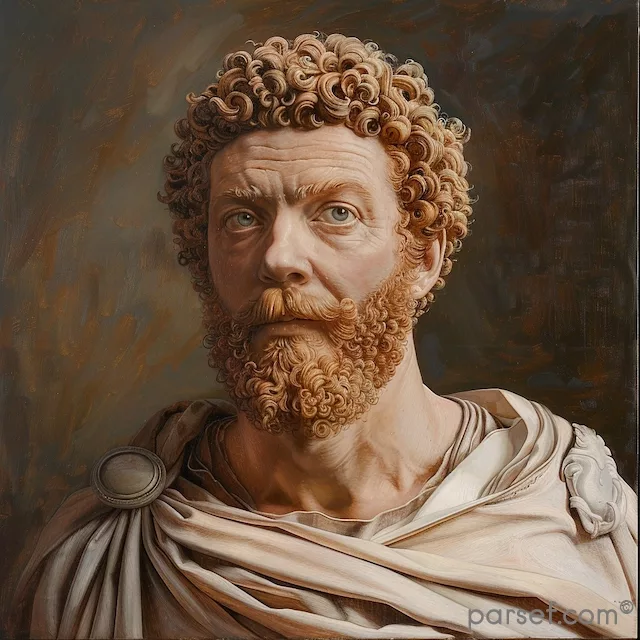
Latest
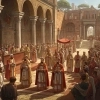



Popular
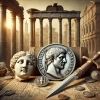



Useful
